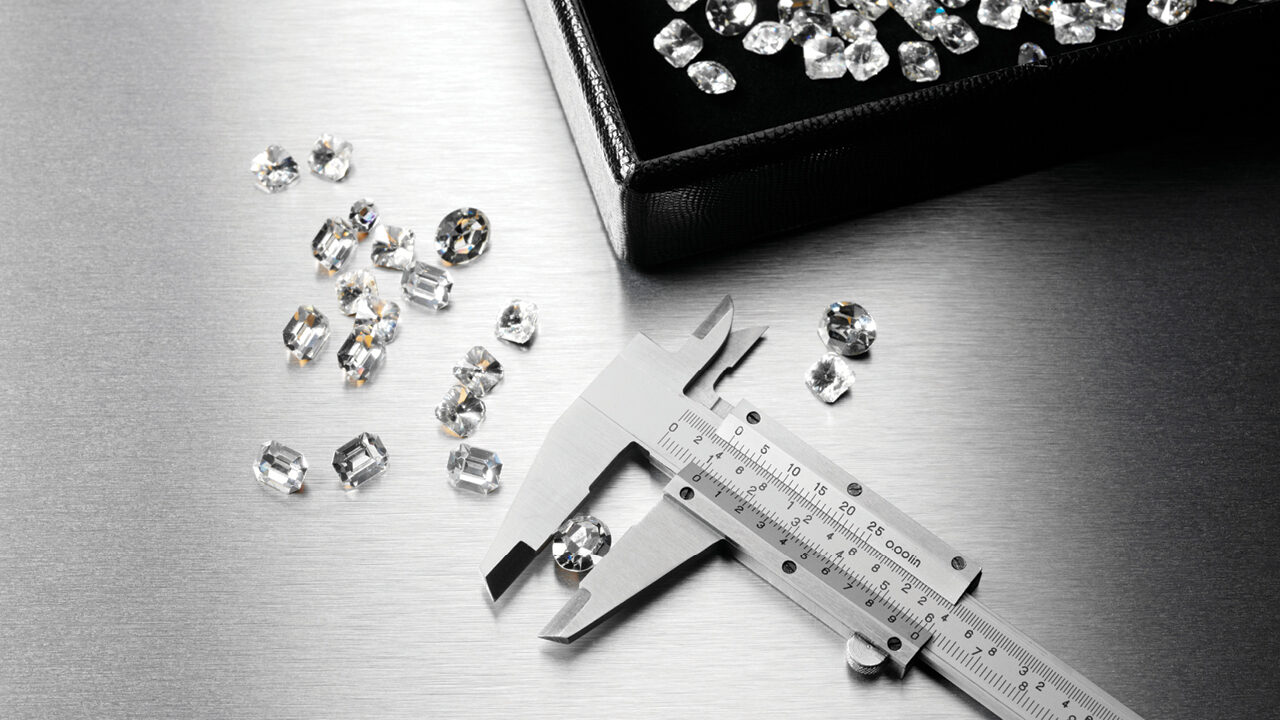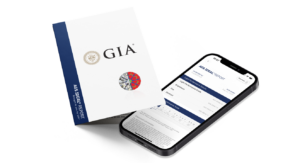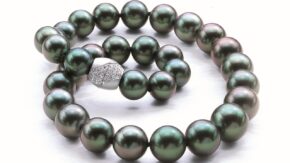Training retail staff in the particulars of synthetics can help them serve customers and improve disclosure.
What do customers know about laboratory-grown diamonds? Selling synthetics requires disclosure to distinguish them from their mined counterparts, but retailers don’t always bother to provide extensive tutorials on the differences.
Unlike other diamond look-alikes, such as cubic zirconia or moissanite, a lab created diamond has the same physical, chemical and optical properties as one that came out of the earth. And although some may consider synthetic diamonds a novelty, they have been around since the mid-1950s, albeit as tiny crystals at first.
By the mid-1990s, they were being produced in sizes more suitable for jewelry, using two main methods: High Pressure-High Temperature (HPHT) and chemical vapor deposition (CVD).
Recently, the synthetics industry overcame the hurdle of delivering large stones when WD Lab Grown Diamonds in Baltimore, Maryland, successfully created a 6-carat round diamond — the largest known CVD diamond in existence.
MYTHINFORMATION
Though lab-grown diamonds are a familiar product these days, there’s a lot people don’t know about them.
Dr. Colin McGuinness of the De Beers Group shares his perspective on some of the most prevalent misconceptions regarding synthetics.
What are some common fallacies that
people still believe about lab-grown diamonds?
I’d say that people believe synthetic diamonds are environmentally friendly than natural diamonds, as synthetics don’t have to be mined — and that synthetics are impossible to detect even with equipment.
However, running a lab has an environmental impact as well, and there are indicators that distinguish synthetics, such as metallic inclusions under high magnification, or atypical
fluorescence.
What might people be surprised to discover about synthetics’ place in the diamond market on the whole?
That it is erroneous to think that gem quality synthetic diamonds will destroy the market for natural diamonds.
What do you think is a top reason some consumers will always choose natural diamonds over lab-created versions, even though the latter may cost a bit less?
Many shoppers may see lab-grown diamonds as mass-produced, and therefore may not regard them as a premium product or an item to mark a special occasion.
COMING TO TERMS
The words “diamond” and “gemstone” automatically imply natural origin, according to standards that nine leading diamond and jewelry groups released at the end of January.
The Diamond Terminology Guideline — a universal set of rules for referring
to mined and synthetic stones — also stipulates that “synthetic,” “laboratory-grown” and “laboratory-created” are the terms the industry should use when describing man-made gems, avoiding the words “real,” “genuine” or “authentic.”
The guidelines will help “standardize the terminology used to clearly distinguish between diamonds and synthetic diamonds, in all communications, among ourselves and with our customers,” according to World Jewellery Confederation (CIBJO) president Gaetano Cavalieri.
Based on the ISO Standard 18323 for jewelry and on CIBJO’s diamond Blue Book, the document is also the work of the Antwerp World Diamond Centre (AWDC), Diamond Producers Association (DPA), Gem & Jewellery Export Promotion Council (GJEPC), Israel Diamond Industry (IDI), International Diamond Manufacturers Association (IDMA), US Jewelry Council (USJC), World Diamond Council (WDC) and World Federation of Diamond Bourses (WFDB).
Educating buyers and sellers
Is an actual knowledge of synthetics a missing skill set within the trade? Yes, according to Dr. Colin McGuinness, a research scientist at the De Beers Group.
“I think there is a lack of knowledge regarding synthetic types, in that many think HPHT and CVD synthetics are the same,” he says. “This presents a problem when considering a verification instrument, as some are designed to screen for HPHT only.”
Knowing how to tackle clients’ questions can boost their confidence in their diamond purchases, but that requires training — something many retail staffers don’t have. “I think the lack of training is a view that is held by many,” affirms McGuinness.
“This is why De Beers offers a one-day synthetic-diamond detection course that provides a hands-on look at the growth methods of HPHT and CVD synthetic diamonds, and the subsequent detection techniques.” The course covers traditional tools such as loupes and microscopes, but also advanced detection and verification instruments for more difficult cases.
Beyond ‘gemological geekery’
Technical knowledge is only part of the equation, however. Understanding how to gauge and meet customers’ needs is itself a skill.
“In general, the customers get it; it is the retailers who are the problem,” says Clive Hill, president of WD Lab Grown Diamonds. “Consumers do not care about the gemological geekery that some retailers want them to value, they want a diamond and to be treated honestly and fairly.”
Of course, a synthetic-diamond customer may also collect natural diamonds, McGuinness notes. “Some individuals have not expressed a preference for natural or synthetic; rather, it is a particular stone characteristic they are looking for, like color or cost.”
But for other patrons, only mined stones will do. “Those customers still value the fact that a natural diamond was formed over millions of years, which still has a sentimental factor,” McGuinness says.
Image: iStock photo




